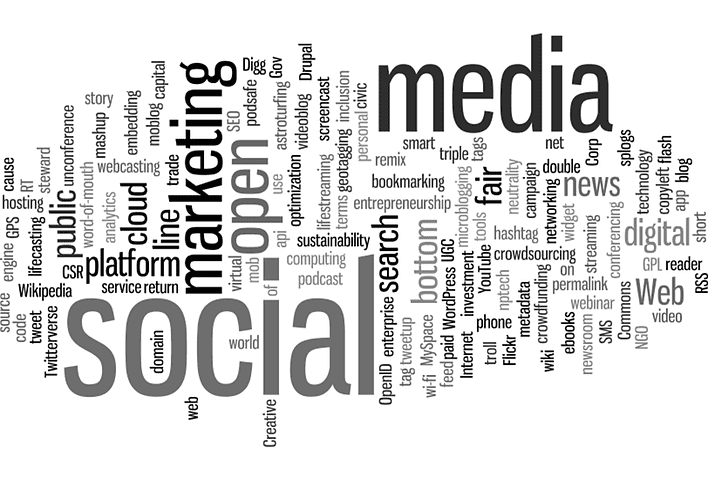The transformative power of automation in manufacturing is reshaping how businesses approach production, efficiency, and innovation. As business leaders seek to maintain competitiveness in a rapidly changing market, the strategic adoption of automation technologies has become a focal point. This evolution promises to redefine operational processes, ensuring companies survive and thrive by optimising efficiency, enhancing product quality, and responding with agility to consumer demands.
The significance of automation extends beyond mere technological upgrades; it marks a pivotal shift towards smarter, more sustainable manufacturing practices. By embracing these changes, companies are setting the stage for a future where technology and human ingenuity converge to create unparalleled opportunities for growth and innovation. Keep reading as we delve into the impact of automation on the manufacturing sector, offering insights and guidance for those ready to navigate this dynamic terrain.
The Rise Of Automation In Manufacturing
The imperative drives the ascendancy of automation within the manufacturing sector to boost efficiency, elevate product quality, and swiftly adapt to consumer preferences. Business leaders aiming to harness the transformative power of automation must first conduct a comprehensive analysis of their operations to pinpoint areas where automation could yield significant benefits. Identifying the right automation technologies tailored to one’s manufacturing processes’ unique needs. Developing a strategic roadmap for their integration involves assessing current capabilities, forecasting the potential return on investment, and planning for a seamless transition that minimises disruption.
Engaging with experts in automation technology can provide valuable insights into selecting the most appropriate solutions. Moreover, fostering a culture that embraces change is essential for a smooth adoption, ensuring staff are prepared and supportive of new technologies. Through careful planning and strategic implementation, businesses can unlock the full potential of automation, leading to reduced costs, increased production efficiency, and a stronger competitive position in the market.
Understanding The Types Of Automation
Exploring the various types of automation technologies is crucial for tailoring solutions to specific manufacturing needs. For example, a vibratory bowl feeder has exemplified how specialised automation equipment can enhance precision and efficiency in component sorting and assembly processes. These devices utilise vibrations to orient and feed individual parts to the assembly line, ensuring consistent flow, and reducing manual handling. One way to incorporate such technologies effectively is for businesses to evaluate their production lines for opportunities to improve component handling and assembly, selecting automation solutions that seamlessly integrate with existing operations to boost productivity and reduce bottlenecks.
Benefits Of Automation For Future Factories
Automation introduces many advantages, including substantial cost savings, heightened product quality, improved workplace safety, and the agility to scale operations. To leverage these benefits, companies should start with a clear assessment of their current production processes, identifying areas where automation can deliver the highest return on investment. Investing in technologies that streamline operations enhances efficiency and positions businesses to better meet market demands with precision and reliability.
Strategic Considerations For Implementing Automation
Adopting automation requires thoughtful planning and strategic foresight. Business leaders must evaluate their technological readiness, understand the implications for their workforce, and ensure seamless integration with existing systems. Success hinges on selecting the right technologies that align with business goals and operational capabilities. Furthermore, companies must commit to ongoing training for their staff, ensuring a smooth transition to more automated processes and fostering an environment of continuous improvement and innovation.
Navigating The Challenges Of Automation
While the path to automation offers significant rewards, it also presents challenges, including the upfront investment and the need for a skilled workforce to manage new technologies. To address these hurdles, businesses should consider phased implementation plans that allow for gradual investment. Developing or partnering with training programs to upskill employees also ensures that the workforce evolves alongside the technology, mitigating potential job displacement with new opportunities within the automated environment.
The Role Of Leadership In Driving Automation
Effective leadership is pivotal in steering a company’s automation journey. Leaders must champion the cause, cultivating a culture receptive to change and technological advancement. Strategic planning and a clear vision for how automation can propel the business forward are essential. Leaders can galvanise their teams by engaging with all levels of the organisation, encouraging collaboration and innovation at every step of the automation process.
Looking Ahead: The Future Of Manufacturing With Automation
As businesses continue to navigate the evolving landscape of manufacturing, automation stands out as a key driver of innovation, efficiency, and sustainability. The future will likely see further integration of artificial intelligence and machine learning, offering even greater opportunities for optimisation and innovation. For business leaders, staying informed about these advancements and understanding their potential impact is vital for making strategic investments that ensure long-term competitiveness and success.
Embracing The Automated Future
The journey towards an automated manufacturing future is both an opportunity and a challenge. Business leaders can confidently guide their companies through the transition by carefully considering the benefits, strategic approaches, and potential hurdles. The key lies in adopting a forward-thinking mindset, investing in the right technologies, and fostering a culture of innovation and adaptability. As the manufacturing sector evolves, embracing automation secures a competitive advantage and paves the way for a more efficient, innovative, and sustainable future.






